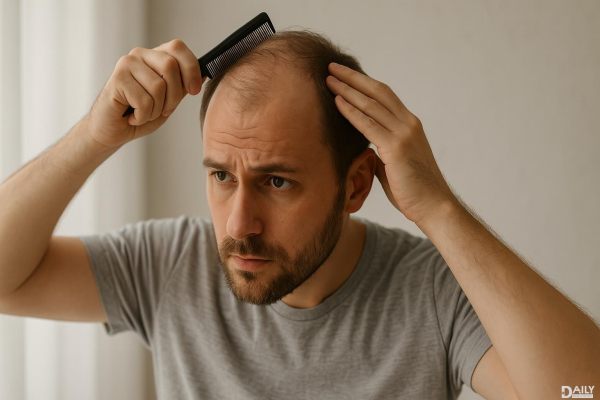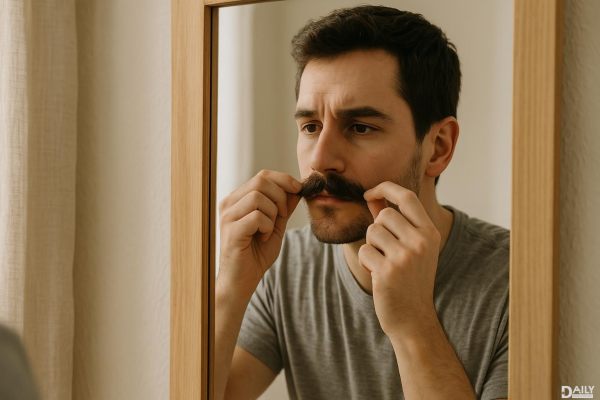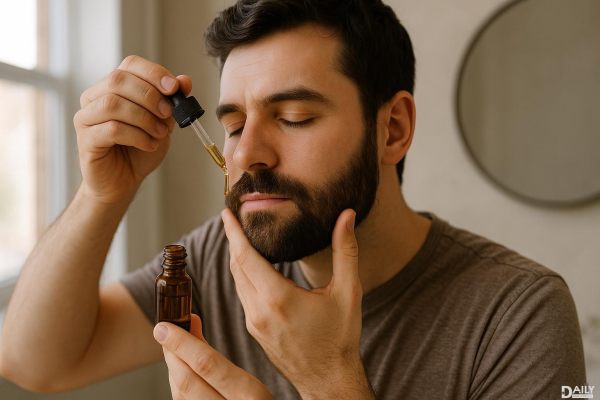Yep, your chest hair is absolutely genetic—but it's not the whole story. While your DNA plays the lead role in determining whether you’ll sport a full-on fur coat or stay smooth as a dolphin, other factors like hormones, age, and even ethnicity come into play. So if you’re rocking a carpet that would make a lumberjack jealous, thank (or blame) your ancestors. But if you’re still waiting for your chest hair to fill in like a patchy lawn, don’t lose hope—sometimes puberty hits the snooze button.

Hair growth, whether it’s on your head, chest, or that one weird toe, is controlled by tiny structures called hair follicles. These little factories are programmed by your genes to produce different types of hair—fine vellus hair (the barely-there kind) or terminal hair (the thick, dark stuff that makes chest hair noticeable). The switch from peach fuzz to manly mane is triggered by androgens, primarily testosterone. But here’s the kicker: even if you’ve got sky-high testosterone levels, your follicles might just shrug and say, “Nah, we’re good.” That’s because your genes determine how sensitive those follicles are to hormones. Some guys could bathe in testosterone and still have a hairless chest, while others sprout a forest after one whiff of puberty.
Ever notice how some ethnic groups seem to have a monopoly on body hair? It’s not your imagination. People of Mediterranean, Middle Eastern, or South Asian descent often have more body hair due to genetic variations that promote thicker, darker terminal hair. Meanwhile, East Asian and Native American men tend to have less chest hair because their follicles are genetically predisposed to stay in vellus mode. But before you start blaming your heritage for your lack of fur, remember—there’s always an outlier. Genetics is more of a suggestion than a strict rulebook.
Testosterone gets all the credit (or blame) for chest hair, but it’s actually its sneaky sidekick, dihydrotestosterone (DHT), that does the heavy lifting. DHT is like testosterone’s overachieving younger sibling—it binds to hair follicles and shouts, “Grow, baby, grow!” But too much DHT can backfire, leading to male-pattern baldness while your chest and back go full werewolf. Androgens also explain why some women with conditions like PCOS develop unexpected chest hair—their hormone levels are higher than average, flipping the genetic switch that’s usually dormant.
If you’re 18 and still waiting for your chest hair to make an entrance, don’t panic. Some guys don’t hit peak hairiness until their late 20s or even 30s. Hair follicles can be late bloomers, especially if your family tree is full of slow-and-steady growers. On the flip side, if you were a woolly mammoth by 16, congratulations—you won the genetic lottery early. But keep in mind that body hair can thin out as you age, thanks to shifting hormone levels. So enjoy your fur while it lasts.
Sorry, but rubbing testosterone gel on your chest won’t turn you into Chewbacca (and might come with some gnarly side effects). Since your hair potential is mostly genetic, no amount of supplements, creams, or old wives’ tales will rewrite your DNA. That said, staying healthy keeps your hormones balanced, which ensures your follicles are working at their genetic best. Malnutrition or extreme stress can temporarily slow hair growth, so eat well, sleep enough, and maybe chill out—your chest hair will do what it’s gonna do.
If you’re not thrilled with your chest hair situation, remember: grooming is always an option. Razors, trimmers, and lasers can help you sculpt your fur into whatever aesthetic you prefer—whether that’s a polished smoothness or a neatly trimmed carpet. And if you’re on the hairless side, own it. Plenty of guys (and plenty of partners) dig the clean-cut look. At the end of the day, chest hair is just decoration. Confidence is what really makes the outfit.
So there you have it—your chest hair is mostly a genetic hand-me-down, with some hormonal and environmental fine-tuning. Whether you’re a yeti or as smooth as a baby’s bottom, it’s all just part of your unique blueprint. Now go forth and embrace your fur (or lack thereof) with pride.























